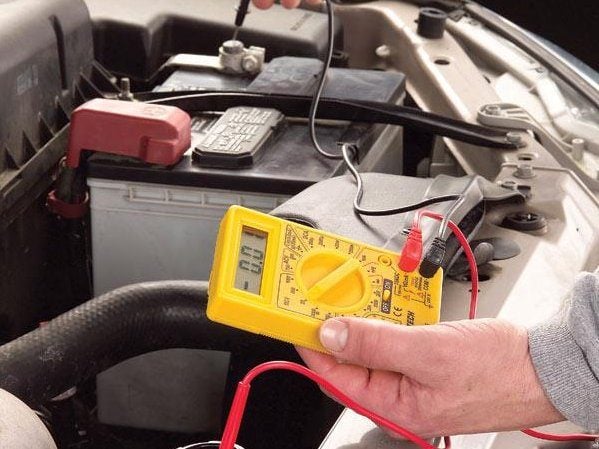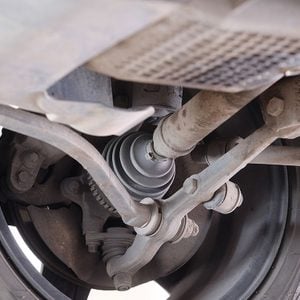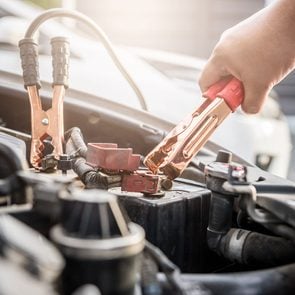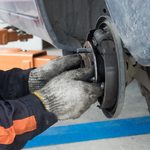Testing Coolant with a Multimeter: Step-by-Step Instructions

A simple diagnostic test of the radiator coolant for conductivity will show if you've got corrosion in your water pump, radiator or heater core. Here's how to test your coolant using a multimeter.
If you think the only job of antifreeze (coolant) is to cool your car’s engine during the summer and prevent freeze-up during the winter, read on. Coolant also plays an important role in preventing corrosion caused by electrolysis. Electrolysis occurs when two dissimilar metals start swapping electrons, causing the metals to corrode. Since an engine has aluminum, copper, cast iron, steel and magnesium alloys, electrolysis will slowly eat away at its innards.
Coolant has additives to prevent all of that electron swapping. But, as coolant ages, the additives are depleted and can’t do the job anymore. In fact, worn coolant becomes a pretty darn good electrical conductor, accelerating internal electrolysis. The good news is that it’s pretty easy to check the conductivity of your coolant with a digital multimeter. If the conductivity is high, it’s time for a coolant flush and fill. Here’s a quick way to check it.
How to Test Coolant
Begin with a cold engine. Remove the radiator cap and start the engine. Set your digital multimeter to DC volts at 20 volts or less. When the engine reaches operating temperature, insert the positive probe directly into the coolant. Rev the engine to 2,000 rpm and place the negative probe on the negative battery terminal. If the digital meter reads .4 volts or less, your coolant is in good condition. If it’s greater than .4 volts, the electrolysis additives are exhausted, and you may be in the market for a new radiator, a water pump or a heater core in the future. All of those are far more expensive than a simple coolant change.
CAUTION! When you work on or around a running engine, wear safety glasses and tight-fitting or short sleeves to keep from being drawn into the moving parts.
Next, check out 20 essential tools every home mechanic needs.






